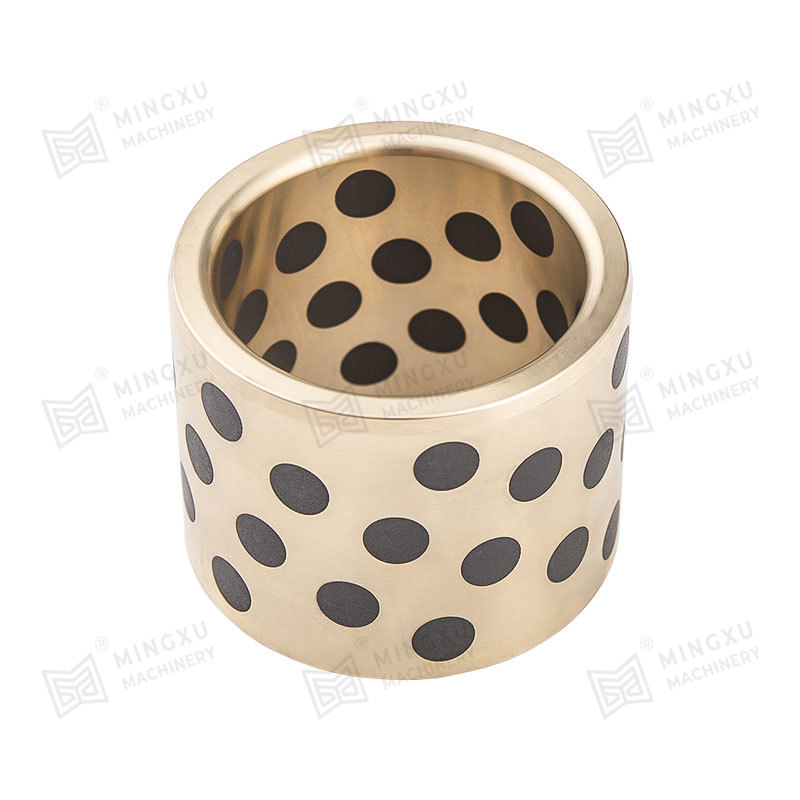The structure of carbon graphite significantly contributes to its effectiveness as a bushing material in several ways:
Layered Structure:
Graphite consists of layers of carbon atoms arranged in a hexagonal lattice. These layers are bonded strongly within themselves but are held together by weaker van der Waals forces between the layers. This allows the layers to slide over each other easily, providing excellent lubricating properties, which reduce friction and wear in bushings.
Self-Lubricating Properties:
The ability of the graphite layers to slide over each other makes carbon graphite bushings self-lubricating. This means they can operate without the need for additional lubricants, which is particularly beneficial in applications where lubrication is difficult or undesirable.

High Thermal Conductivity:
Carbon graphite has high thermal conductivity, allowing it to dissipate heat efficiently. This property is crucial in high-speed or high-load applications where heat generation could otherwise lead to failure or reduced performance of the bushing.
Chemical Resistance:
Carbon graphite is chemically inert and resistant to most chemicals, making it suitable for use in harsh environments where other materials might degrade.
High Temperature Stability:
Graphite can withstand high temperatures without losing its structural integrity, making carbon graphite bushings ideal for applications involving high thermal loads.
Low Coefficient of Thermal Expansion:
Carbon graphite has a low coefficient of thermal expansion, which means it maintains its dimensions more consistently across a range of temperatures. This property ensures that the bushing retains its fit and function under varying thermal conditions.
Mechanical Strength:
Despite its softness in one direction (due to the sliding layers), graphite is relatively strong in its basal planes, providing sufficient mechanical strength for many bushing applications.
By combining these properties, carbon graphite bushings offer a unique balance of low friction, high thermal and chemical resistance, and mechanical reliability, making them highly effective in a wide range of industrial applications.




 English
English Español
Español
















Contact Us